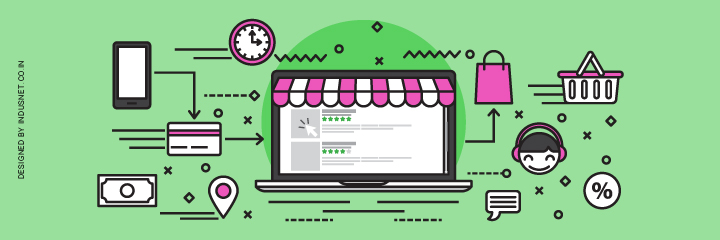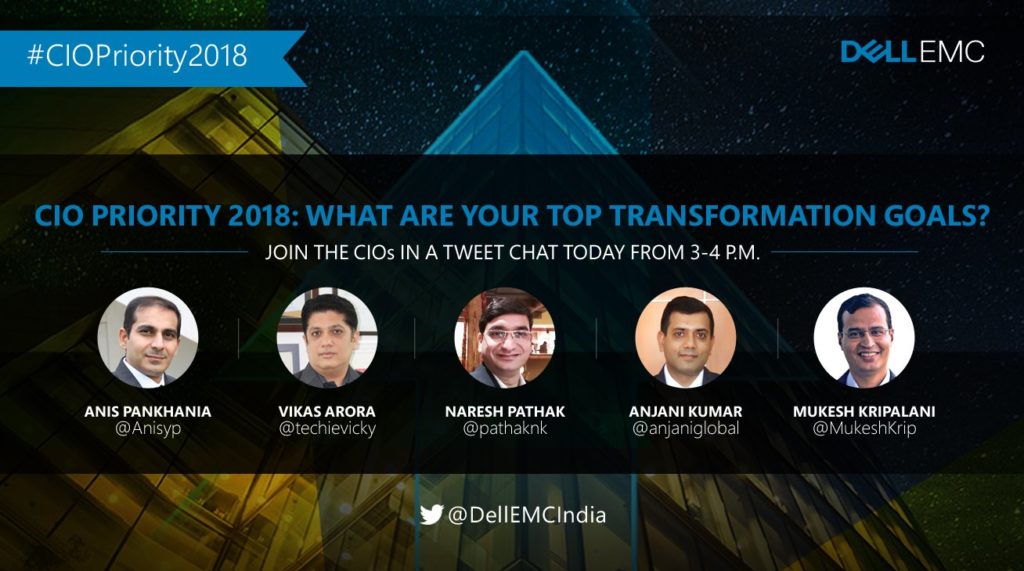
Forbes CIO Summit, 2018
With the rapid progression in the digital space and the advent of emerging technologies like machine learning, artificial intelligence, big data analytics, robotics and more, it has never been more challenging time to be a Chief Information Officer. It is time for the CIO to take the centre stage. Forbes CIO Summit held on 15-16 April at Half Moon Bay, California brought together the most influential CIOs from around the globe to explore the biggest technological challenges, generate new ideas and to build a better corporate ecosystem to encourage amazing innovations. Here are some takeaways from the Forbes CIO Summit: "A new breed of CIO is rising. They see that we can no longer treat humans as machines to fit into our machines made of business process code, and instead curate human/machine teams that do what each member of the team does best.” -Senior Advisor Mickey McManus #ForbesCIO pic.twitter.com/wfASowspao — Boston Consulting Group (@BCG) April 16, 2018 https://twitter.com/AccentureTech/status/985996146588827648 Before we try to tackle the evolution of work and the future of jobs and automation, we have one important question to answer: How do we put people first? Senior Advisor Mickey McManus elaborates: #ForbesCIO pic.twitter.com/37oJGVCell — Boston Consulting Group (@BCG) April 15, 2018 ~2000 years ago the "Boss" knew everything and then everyone reporting to boss and their reports all knew subsets of what the boss knows. Today as a leader, you have to lead people that know more than you do. Andrew Ng #ForbesCIO pic.twitter.com/SDA5LjBgbp — Stephen Gillett (@stephengillett) April 16, 2018 According to @Walmart CIO, companies need to shift from a project mentality to product mentality in order to deliver rapid values to the business. #ForbesCIO — Victor Thu (@VictorThu) April 16, 2018 Just like electricity has made our lives so much better, AI can transform multiple industries. #AI can make #healthcare more high-quality and low-cost, let every child have a personalized tutor, self driving cars an everyday reality — @AndrewYNg @Forbes #ForbesCIO pic.twitter.com/VccoxXkOyK — Anuneha Mewawalla (@AnunehaM) April 16, 2018 Diana McKenzie CIO @Workday: 4 elements of #datastrategy: leverage org credibility and find functional collaborator, have a revenue based data conversation, make data transparent across the org, don’t lose sight of the business problem being addressed #ForbesCIO @peterahigh — Metis Strategy (@MetisStrategy) April 16, 2018 Tough to find mobile developers 5-10 years ago, orgs creating central Mobile dev teams, now Mobile is mainstream every CS grad can develop on IOS and Android, AI talent like mobile 10 years ago. Design org accordingly -Andrew Ng #ForbesCIO pic.twitter.com/0CmUgGZIZS — Stephen Gillett (@stephengillett) April 16, 2018 One of the two former presidents at #ForbesCIO: @IlvesToomas, who spoke about how he helped turn Estonia into the most digitally savvy country on Earth.Presented by @AccentureTech pic.twitter.com/nHHpz8F4pL — Forbes (@Forbes) April 17, 2018 “Smarter technology empowers people – #AI will be the difference between leaders and laggards” @pauldaugh in discussion with @peterahigh shedding light on what CIOs & biz leaders need to do now to equip their organization to succeed in “The Age of Applied Intelligence” #ForbesCIO pic.twitter.com/u2IhWiPsWY — Anuneha Mewawalla (@AnunehaM) April 16, 2018 https://twitter.com/Anand__Pillai/status/986046360456712193 @JayVijayan: differentiating factor in @Tesla’s approach that sparked his idea for Tekion: seamlessly integrated customer feedback loop that enhances #CustomerExperience and ability for @elonmusk and others to always know what open issues and opportunities are #ForbesCIO pic.twitter.com/RuWtXf1peZ — Metis Strategy (@MetisStrategy) April 16, 2018 Artificial intelligence & machine learning has already begun to revolutionize businesses all over the world, and the time is ripe now to adopt in small and incremental phases, using agile methodology. Read our blogs for more such updates!








